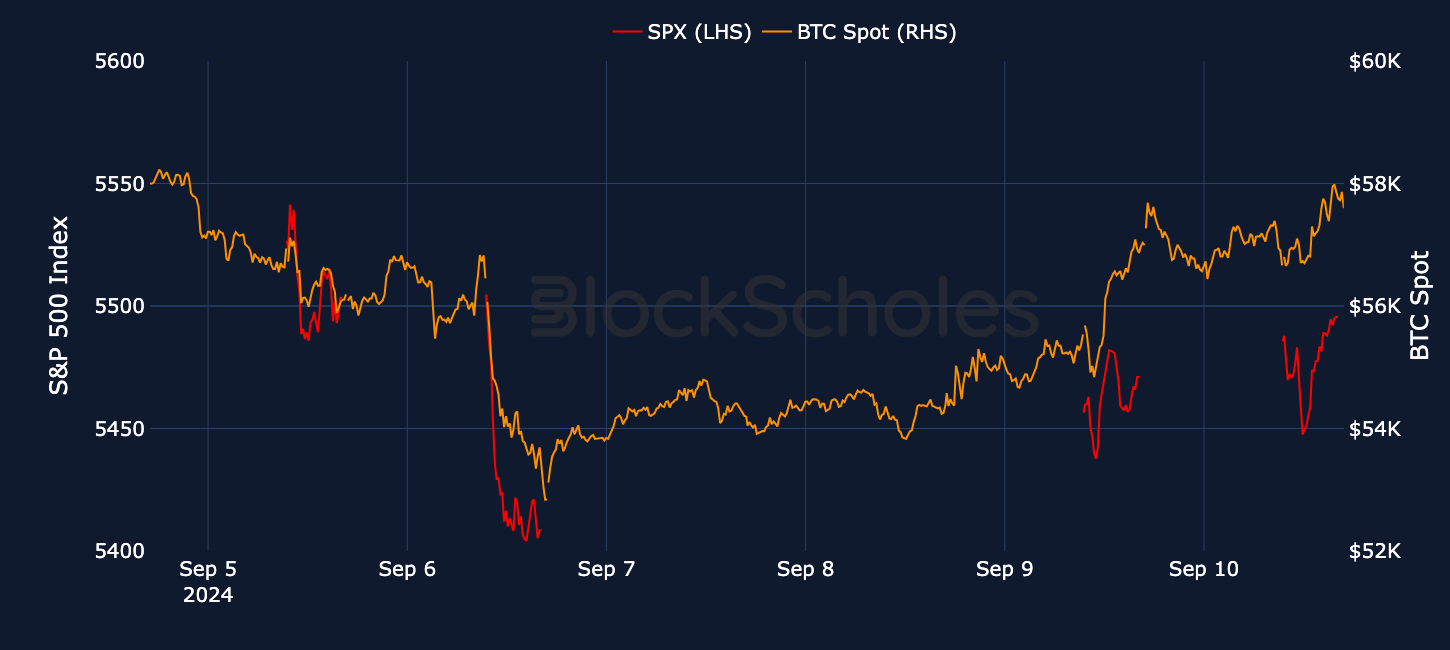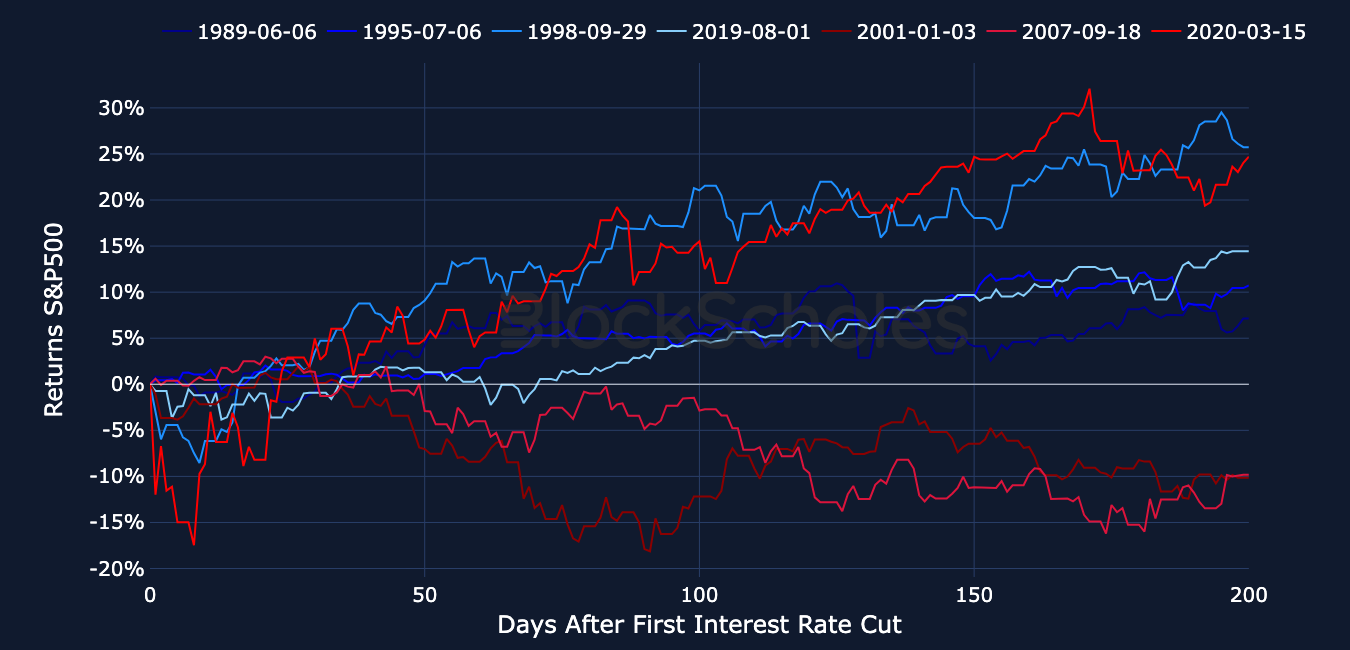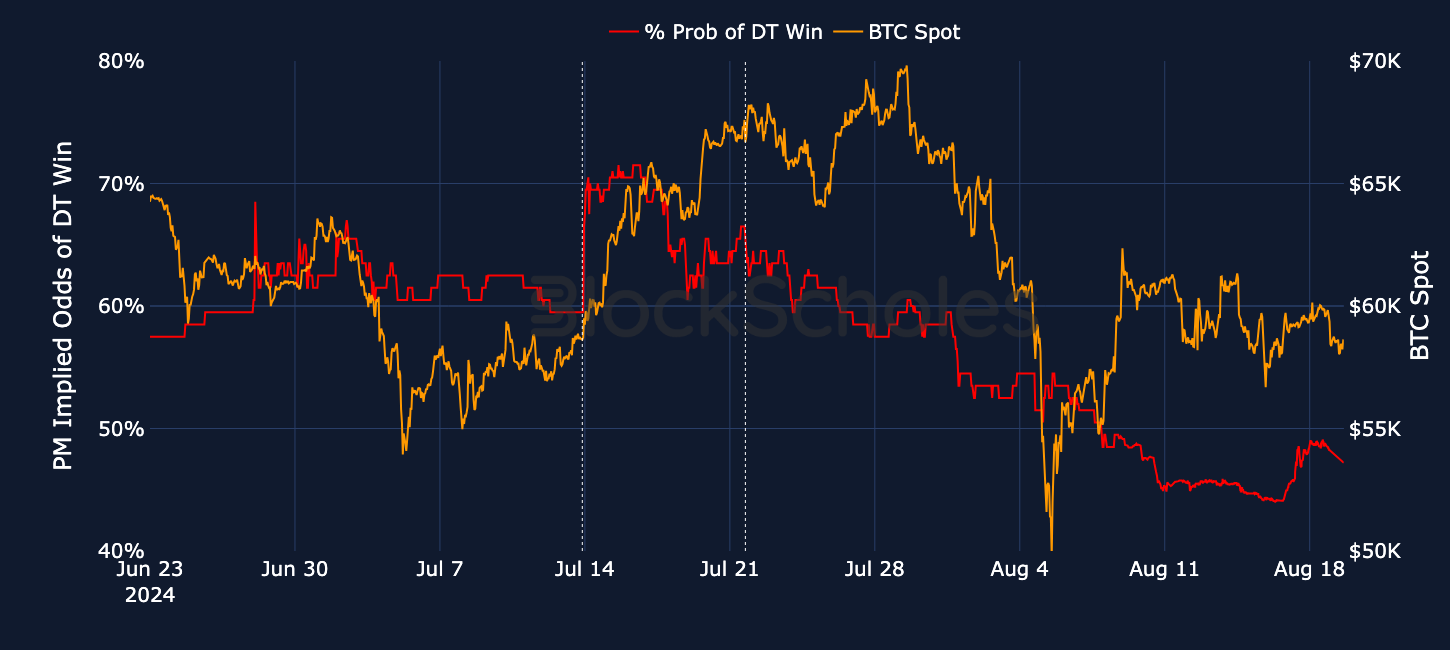What Are Key Market Drivers During WSOT 2024 and How to Sail Through Them
Key Takeaways:
Key current market drivers include remarks from U.S. Federal Reserve officials, U.S. economic data released in October 2024 and decisions from the Bank of Japan. Additionally, developments in the crypto space related to the U.S. presidential election could significantly impact market sentiment.
Rate-cutting cycles accompanied by recessionary economic data typically lead to market downturns, while those occurring in non-recessionary conditions tend to boost bull markets.
A win in the upcoming U.S. presidential election for Donald Trump is still seen as a more favorable outcome for crypto than a victory for Kamala Harris.
WSOT 2024 will take place from Oct 10, 2024, 10AM UTC through Oct 31, 2024, 10AM UTC. This article outlines the key price drivers during this period and offers insights on leveraging these factors for potential gains.
What Will Some Key Drivers of the Crypto Market Be During WSOT 2024?
Macroeconomics Drivers
Fed Meeting
November 6–7, 2024 | Federal Open Market Committee Meeting |
December 17–18, 2024 | Federal Open Market Committee Meeting |
Although there are no scheduled Federal Open Market Committee meeting in October 2024, comments from central bankers in response to economic data releases could still create significant market fluctuations. Since economic indicators are published, the way central bankers interpret these figures can influence investor sentiment and expectations about future monetary policy. Any signals regarding interest rates, inflation concerns or economic growth can lead to volatility, impacting asset prices across various markets, including cryptocurrencies.
Oct 30, 2024 | BoJ Interest Rate Decision |
Following the Bank of Japan's (BoJ) interest rate decision on Sep 19, 2024, Bitcoin and Ether experienced significant price surges. This reaction can be attributed to the market's perception that a hawkish stance from the BoJ — meaning the central bank is likely to raise interest rates or maintain a tight monetary policy — could negatively impact broader risk on assets.
Economic Calendar
Date | Key Economic Calendar |
Oct 1, 2024 | ISM Manufacturing PMI (Sep) |
| JOLTS Job Openings (Aug) |
Oct 2, 2024 | ADP Nonfarm Employment Change (Sep) |
Oct 3, 2024 | ISM Non-Manufacturing PMI (Sep) |
Oct 4, 2024 | Nonfarm Payrolls (Sep) |
| Unemployment rate (Sep) |
Oct 10, 2024 | CPI (Sep) |
Oct 11, 2024 | PPI (Sep |
Sources: Bybit, Bloomberg
Inflation and economic growth remain key concerns for market participants. A soft landing — defined by slowing inflation coupled with robust economic growth — would be particularly advantageous for risk-on assets such as cryptocurrencies.
In this scenario, the likelihood of aggressive interest rate hikes diminishes, fostering a stable environment that supports consumer spending and business investment. This stability could increase demand for cryptocurrencies as they become more attractive to investors seeking higher returns.
Crypto events
Date(s) | Events |
Sep 30 – Oct 2 | Mainnet 2024 |
Oct 9 – Oct 11 | Permissionless III 2024 |
Oct 30 – Oct 31 | SmartCon 2024 |
It's important to monitor key events, during which protocols and communities typically announce new products or developments.
U.S. Presidential Election
With the U.S. presidential election scheduled for November 5, 2024, polls and new policies from Donald Trump and Kamala Harris may provide the market with insights into what to expect following the election.
How to Ride on Those Drivers
Macroeconomic Factors
Since the launch of Bitcoin Spot ETFs in January 2024, BTC's correlation with macroeconomic factors has strengthened, suggesting that traders now view BTC more as a risk-on asset. This growing correlation means that BTC is often setting the pace for market movements, even outside traditional trading hours, and aligning closely with U.S. equities when markets are open. As cryptocurrency becomes increasingly influenced by broader market sentiment, grasping this sentiment is essential for anticipating the next phase of the market cycle.
As Bitcoin and other cryptocurrencies increasingly act as risk-on assets, their reactions to the Federal Reserve's rate-cutting cycle are likely to mirror those of the S&P 500. In past non-recessionary cycles, initial market declines have often occurred before the increased liquidity from rate cuts starts to boost spot prices. In contrast, recessionary cycles — excluding the unique case of COVID-19 — tend to see extended downturns in the returns of riskier assets, driven by broader economic vulnerabilities.
U.S. Presidential Election
In past election cycles, we have noticed a minimal connection between the political landscape and Bitcoin (BTC) prices. Consequently, historical price movements are not reliable indicators of future performance. However, as Bitcoin has become more mainstream, political influences on its price are increasingly evident in the 2024 derivatives data.
This relationship is visible in the chart above, with BTC’s spot price rallying soon after the probability of a Trump election win from 60% to above 70% on Jul 13, 2024. Also plotted is the date that Joe Biden dropped out of the race and endorsed the eventual Democratic candidate, Kamala Harris, on Jul 21, 2024. Notably, this didn’t result in any immediate reaction in BTC spot prices or Trump’s winning probability, as Harris’s chance of taking the nomination grew steadily over the following months.
Moreover, the irregularities in the implied volatility term structure, which indicates the price premium for specific options, suggest that the market anticipates significant price fluctuations immediately following the election. It’s particularly noteworthy that, while BTC has shown a strong correlation with U.S. equities, especially the S&P 500, the skew in the term structure presents a conflicting perspective: it appears bullish for BTC but bearish for U.S. equities. This discrepancy is surprising, given the strong and growing correlation between these asset classes.
Tune in for our weekly derivative insights as we help you sail through the market volatility at https://learn.bybit.com/blockscholes/
#LearnWithBybit




